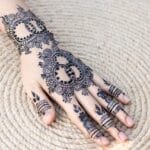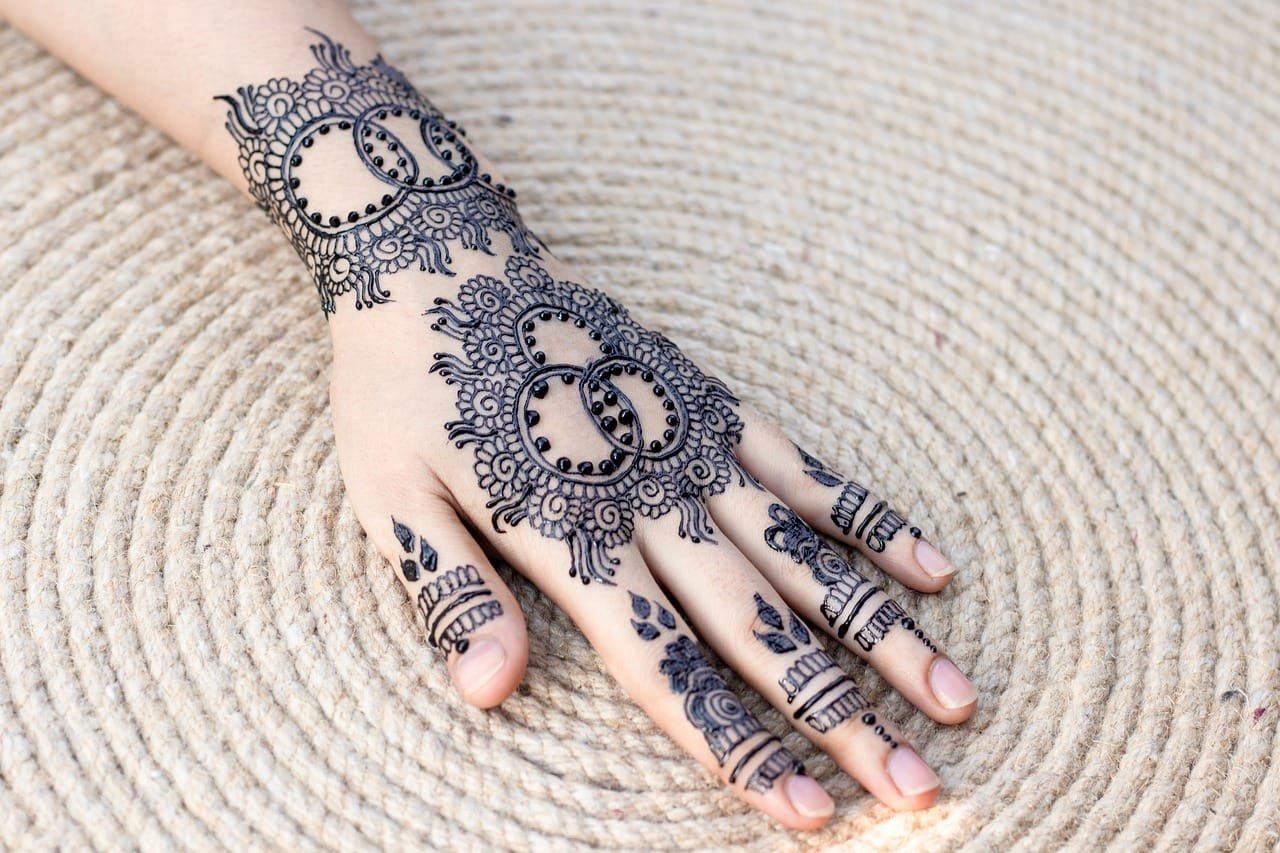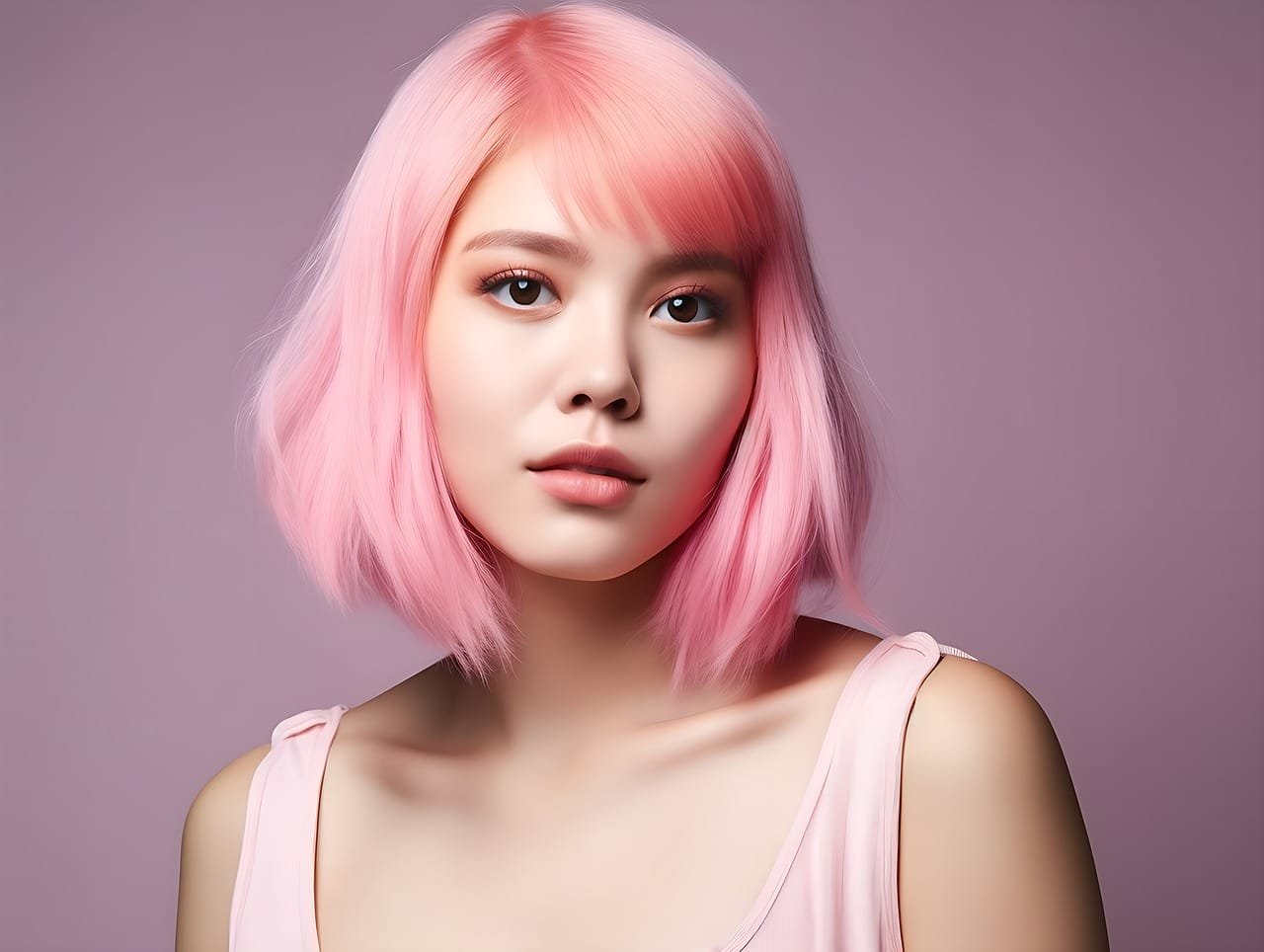Mehndi, or henna, is an ancient art form that involves the application of a paste made from the powdered leaves of the henna plant. This practice, deeply rooted in various cultures, particularly in South Asia, the Middle East, and North Africa, is known for its intricate and beautiful patterns. The designs vary significantly across regions, each style reflecting the unique cultural, religious, and artistic influences of the area. In this article, we explore the diverse mehndi designs from different parts of the world, highlighting their distinctive features and cultural significance.
Indian Mehndi Designs
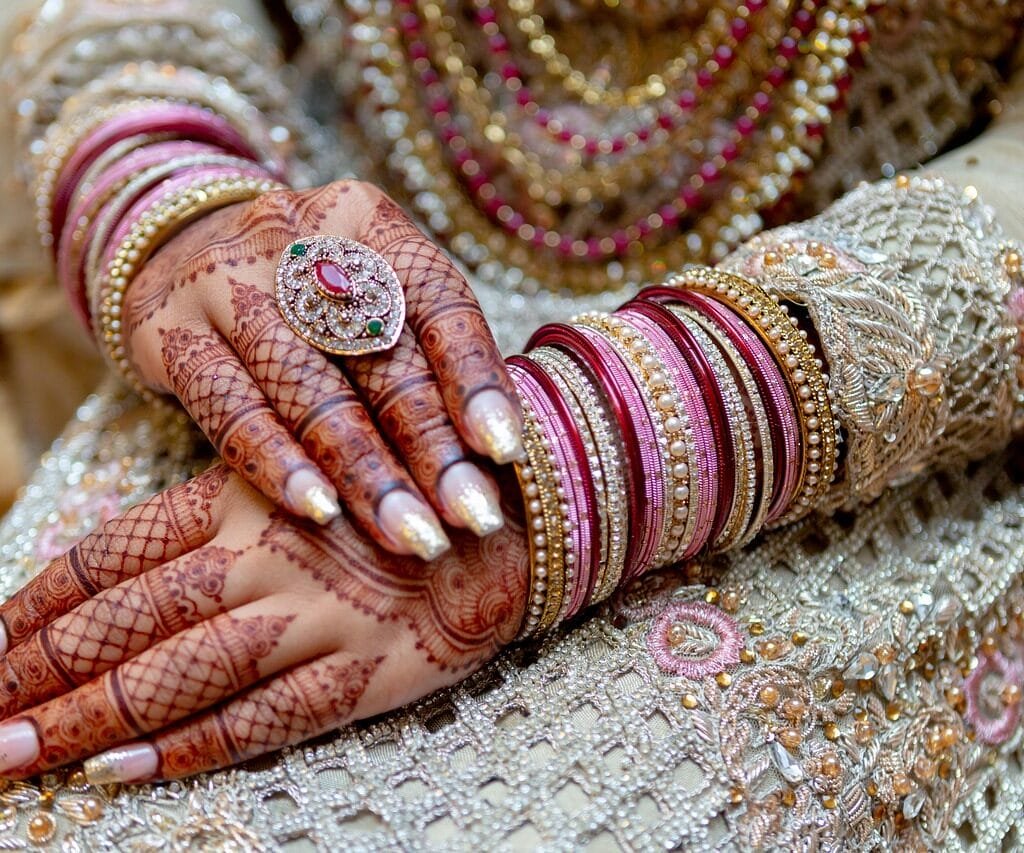
Features:**
– **Intricate Patterns:** Indian mehndi designs are known for their intricate and elaborate patterns. They often cover the entire hand and sometimes extend up the arms and feet.
– **Motifs:** Common motifs include peacocks, paisleys, flowers, and bridal figures.
– **Fillers:** The spaces between larger motifs are filled with delicate lines, dots, and smaller motifs to create a dense, lace-like effect.
– **Traditional Significance:** Indian mehndi is traditionally applied during weddings, festivals like Diwali and Karva Chauth, and other celebrations.
**Cultural Context:**
In Indian culture, mehndi is considered a symbol of good luck, prosperity, and health. It plays a crucial role in wedding ceremonies, where the bride’s hands and feet are adorned with elaborate designs.
Arabic Mehndi Designs
Features:**
– **Bold and Floral:** Arabic mehndi designs are characterized by their bold and free-flowing patterns. They often feature large floral motifs and leaves.
– **Less Dense:** Unlike Indian mehndi, Arabic designs are less dense, leaving more skin visible. This gives them a more airy and elegant look.
– **Quick Application:** Due to their less intricate nature, Arabic mehndi designs are quicker to apply compared to Indian designs.
**Cultural Context:**
Arabic mehndi is popular in the Middle East and is often applied during Eid, weddings, and other celebrations. It is not only limited to hands and feet but can also be applied on the arms, legs, and back.
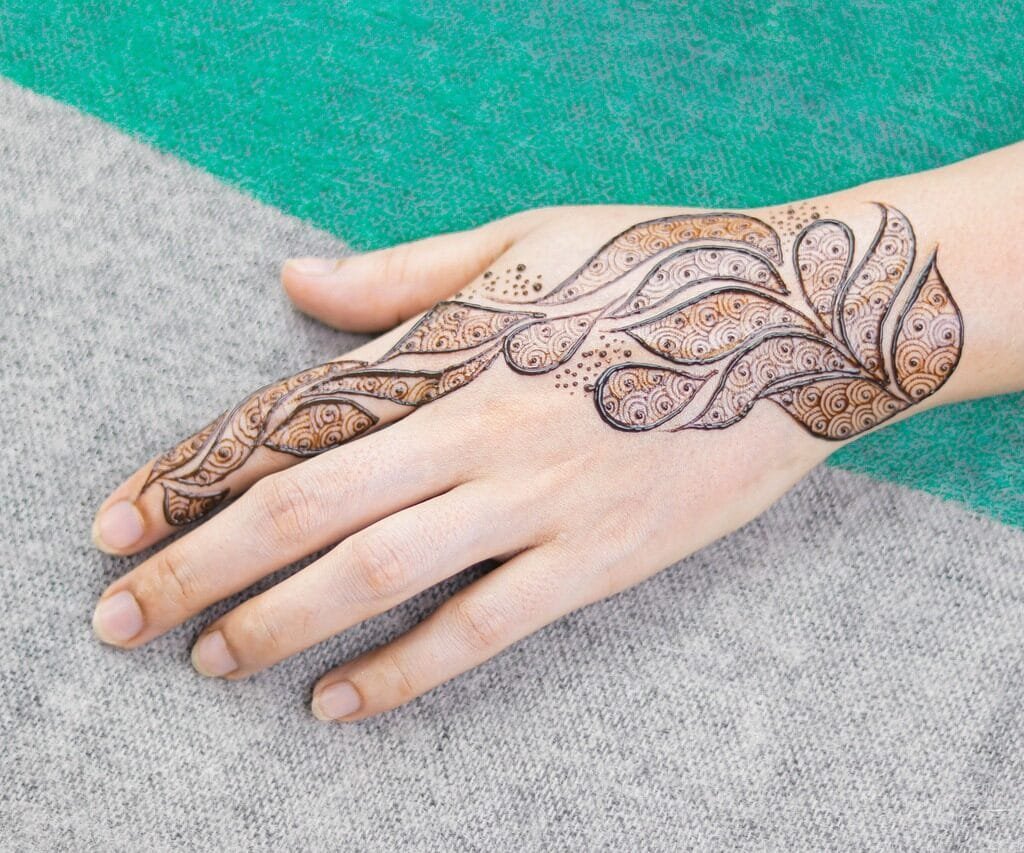
Pakistani Mehndi Designs
*Features:**
– **Combination of Styles:** Pakistani mehndi designs are a blend of Indian and Arabic styles. They incorporate intricate details like Indian designs and the bold, floral patterns of Arabic designs.
– **Mandala Motifs:** A significant feature of Pakistani mehndi is the use of mandala designs, which are circular patterns symbolizing the universe.
– **Bridal Focus:** These designs are often highly detailed, especially for brides, covering the entire hand and extending to the forearms.
**Cultural Context:**
In Pakistan, mehndi is an essential part of wedding celebrations, especially during the Mehndi ceremony, where the bride and groom are adorned with henna.
African Mehndi Designs
Features:**
– **Geometric Patterns:** African mehndi designs are distinct for their use of geometric patterns, lines, and dots.
– **Tribal Influence:** These designs often draw inspiration from traditional African art and tribal patterns.
– **Minimalistic:** The designs tend to be minimalistic and less intricate compared to Indian and Pakistani styles.
**Cultural Context:**
Henna is used in various African cultures for beauty, rituals, and celebrations. It holds significant cultural value and is applied during weddings, births, and festivals.
Moroccan Mehndi Designs
**Features:**
– **Symmetry:** Moroccan mehndi designs are known for their symmetrical patterns and geometric shapes.
– **Bold Lines:** The use of bold lines and shapes gives Moroccan designs a distinct, eye-catching appearance.
– **Cultural Symbols:** These designs often incorporate traditional Moroccan symbols and patterns.
**Cultural Context:**
Moroccan mehndi is popular during weddings and celebrations. It is believed to ward off evil spirits and bring good fortune.
Conclusion
Mehndi designs offer a fascinating glimpse into the cultural and artistic expressions of different regions. From the intricate and detailed patterns of Indian and Pakistani designs to the bold and geometric styles of Arabic and Moroccan designs, each style tells a unique story. This ancient art form continues to evolve, blending traditional motifs with contemporary trends, making mehndi a timeless and universal symbol of beauty and celebration.


